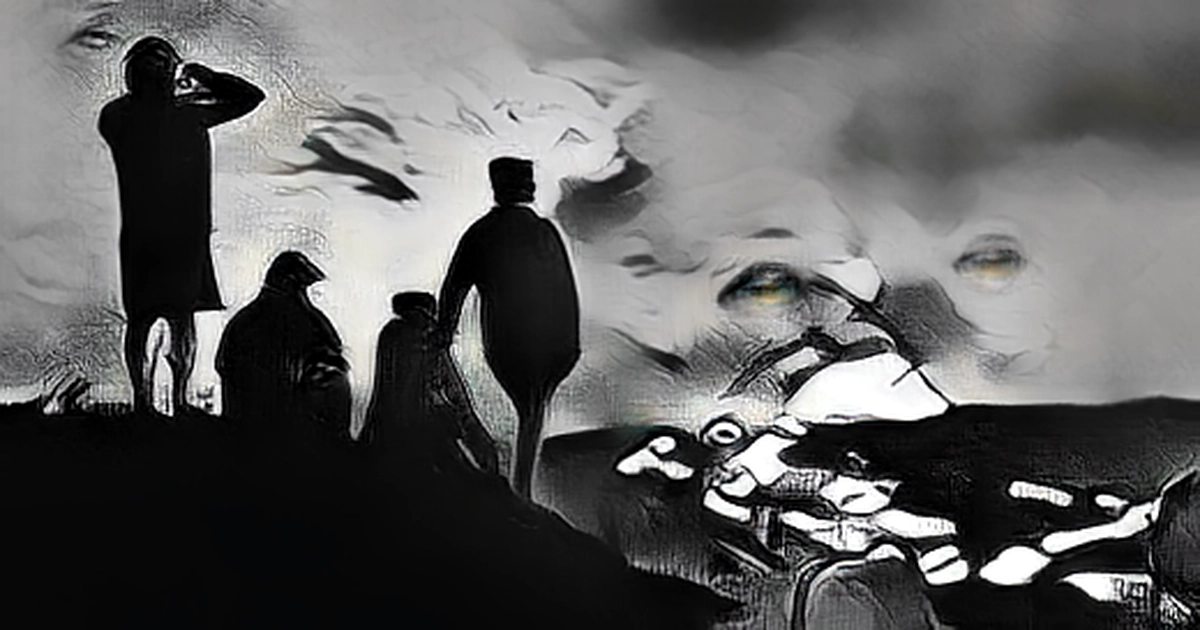
Lava flows from the eruption of Hawaii's Mauna Loa, the world's largest active volcano, are moving toward a main highway, adding to local worries on an island with few major roads.
The U.S. Geological Survey said in its most recent update that the lava flows are heading north toward Daniel K. Inouye Highway Saddle Road but have slowed down significantly as expected. The highway connects the east and west sides of Big Island, acting as a thoroughfare between the towns of Hilo and Kona.
The flow front was about 3.2 miles from the highway as of 1 p.m. local time Thursday, the agency's most recent update said.
The flow could reach the highway in a week, but that timeline could change, according to the update, which notes that there are many variables at play and both the direction and timing of flow advance are expected to change over periods of hours to days. A blockade of the road would cause problems, especially for those who use it to commute from Hilo and other parts of the island's east side, where housing is generally more affordable, to jobs on the west side, home to many larger beach resorts. Hilo is home to the Hilo Medical Center, which employs 1,600 people, some of whom come from the west side, according to NBC affiliate KHNL of Hawaii.
Mike Brown, a Kona resident, said that we have limited roadways on this island and every time we lose a road, it just shifts all that traffic to somewhere else.
Unless some sort of bypass is built, commuters would need to take coastal routes to and from Kailua-Kona, adding an hour of extra driving each way.
David Ige has issued an emergency proclamation to allow responders to arrive quickly or limit access as needed.
If lava crosses the highway, the Hawaii National Guard can help plan for alternatives and try to set up bypass routes, he said.
Hayley Hina Barcia, who lives in Hilo and has family in Kona, on the west side of the island, said her family relies on the highway to see one another.
We are looking to have to go several hours longer to go the south way or take the north road. Sky Makai, a Hilo resident who works in Kona, said that the highway blockade would make commuting to work harder. He said that he didn't know many people who have a four-hour commute, eight hours in a day. It's pretty hard to imagine that. Hawaii lava flows tend to move slow enough to be avoidable, but they can be destructive, according to the USGS: They can destroy everything in their paths, including vegetation and infrastructure, which can cut off road access and utilities. Lava flows can cause severe burns, abrasions, and lacerations upon contact with unprotected or exposed skin, and affect air quality by giving rise to hot temperatures and limited visibility after heavy rain, it states.
Mauna Loa, which means long mountain, covers half of the island, according to the agency.
In about half of the previous eruptions, the lava remained in the summit region, which rises about 55,700 feet above its base. In the other cases, the lava spilled over into one of the rift zones, producing flows that covered broad swaths of the volcano's lower slopes.
Before Sunday, geologists had recorded 33 eruptions since 1843, making Mauna Loa one of the world's most active volcanoes. According to the USGS, it is one of six volcanoes in Hawaii.
When the volcano last erupted in 1984, a fast-moving river of lava came within 2 miles of Kulani Prison before it stalled, according to the National Park Service.
Another lava flow that had moved 16 miles in just four days reached the outskirts of Hilo a few days later, sparing the city, the agency reported.
